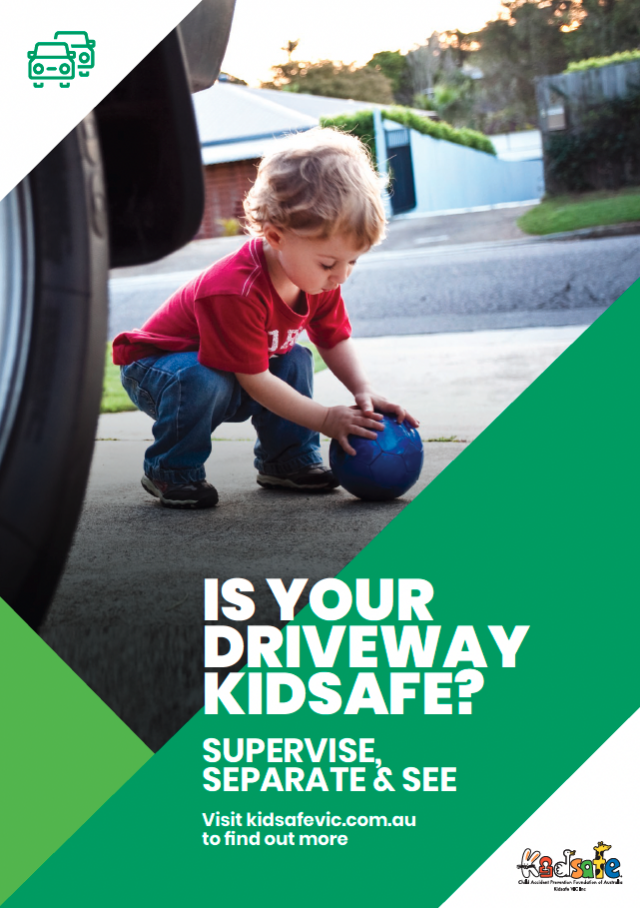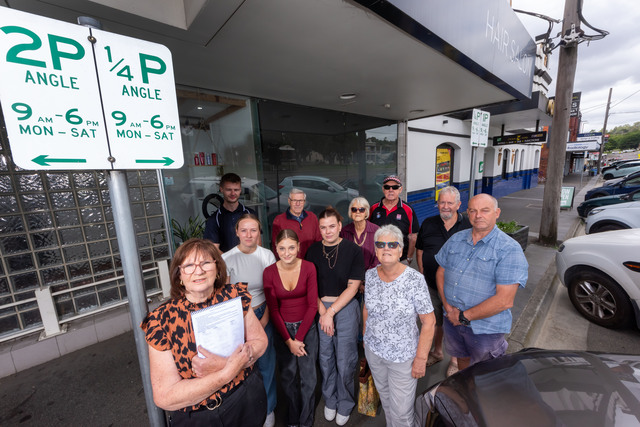Kidsafe in collaboration with the Transport Accident Commission (TAC) has launched a new campaign to keep children safe in their own driveways.
On average seven children aged zero and 14 years are killed and 60 are seriously injured in driveway run-over incidents every year in Australia – equating to more than one child every week.
Kidsafe Victoria CEO Melanie Courtney highlighted the dangers that driveways pose for children, saying their unpredictability, and the large blind spots in vehicles, placed them at increased risk.
“Children under five years of age are most at risk – they are unpredictable, surprisingly quick and may follow you to the driveway to see what you are doing or say goodbye,” she said.
“All vehicles have a large blind spot – some extending back as far as 15 metres – which can make it difficult for the driver to see a child. Even with reversing sensors or cameras, a child may not be noticed until it is too late.”
A large number of run-over incidents occur in the morning and late afternoon – times when families are leaving for or returning from school, kindergarten and work.
With the return of school, Kidsafe urges motorists to be more vigilant around driveways, car parks and roads.
The campaign focuses on three principles:
Supervise – always supervise children in and around the driveway. Hold their hand or hold them close to keep them safe.
Separate – separate play areas from driveways and garages where possible. This can include fitting high handles to garage doors, installing fences to separate the house and garden from the driveway, and installing self-closing doors and gates.
See – all vehicles have a large blind spot behind them, some extending back as far as 15 metres. Reversing sensors and cameras can assist with reducing blind spots, however, they should never be relied upon to keep kids safe. It’s a good idea for drivers to get into the habit of walking around their vehicle before getting into it when leaving an area where a young child is present.







